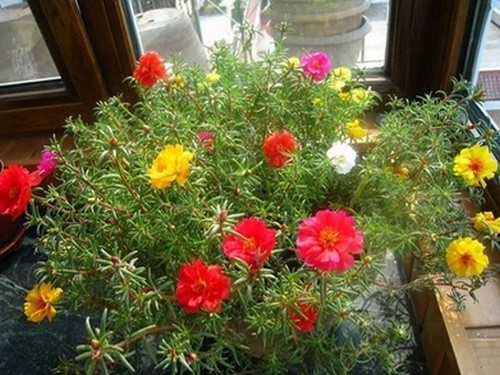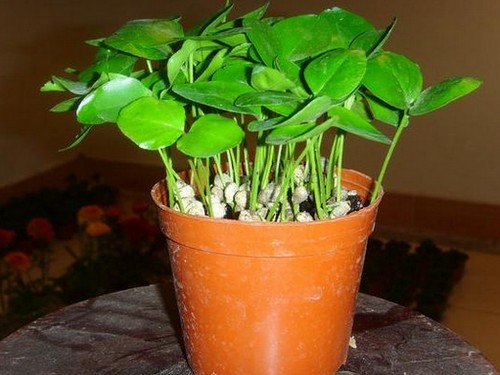Propagation and seedling raising method of scutellaria barbata
The propagation of Scutellaria barbata is often used by sowing and cutting. Sowing is usually carried out in April, and the suitable temperature for seed germination is 21-22 ℃, about 7-10 days. The seedlings grow slowly at the initial stage, accelerate after June, and generally blossom more than two months after sowing. Cuttings can be carried out in the growing season, but the best period is from July to August, which is very easy to survive and is suitable for families to reproduce in a small amount.

When the lid of the capsule of the lotus is yellowish-white or gray-white and falls with a touch of the finger, it indicates that the seed is ripe, and it should be harvested in time. If the capsule is cracked and scattered, the seeds cannot be collected.
Culture method of Scutellaria barbata
Environment: like warm, dry, sunny environment, drought tolerance, avoid waterlogging, strong adaptability.
Planting: mainly cuttage culture. The branches were cut off and placed in a shady environment for one day, and then directly inserted into plain sand the next day. After watering, it was easy to take root in a warm environment.
Temperature: like warmth, the suitable temperature for growth is 20-30 degrees Celsius. Not cold-resistant, the lowest temperature should not be lower than 8 °.
Light: sensitive to light, strong positive flowers. It is not resistant to shade, and sufficient light is needed throughout the growing period to make the plant grow and bloom normally. The hot weather in summer coincides with the most prosperous period of plant growth and flowering, and sufficient sunlight is needed before the plant can blossom luxuriantly and brightly.
Watering: because fleshy stems and leaves can store water, they have strong drought resistance and can grow and blossom under drier conditions. However, in order to make the plant grow and blossom well, it is also necessary to provide proper water. Avoid excessive dampness and stagnant water, when it is more than 7 feet, it is easy to cause plant stems and leaves to grow, and even rotten roots to die.
Diseases and insect pests: diseases and insect pests such as rust and diamondback moth.
Courtyard collocation: Scutellaria barbata is colorful, easy to cultivate and widely used in the courtyard. It can be planted on the edge of the grass and beside the path, and it can also be used as a ground cover plant facing the south courtyard and hang at the entrance of the porch as a drooping pot plant. It is also an excellent material for roof greening.
Time: 2019-06-11 Click:
- Prev

Propagation method of Cinnamomum chinense
Jiuli incense is a kind of aromatic plant, which can keep the fragrance in the room for a long time, and its branches and leaves are beautiful and evergreen, so it is placed indoors and has a strong ornamental effect. People often use it for interior decoration to make the whole room look fresh and pleasant, and the plant Jiuli incense plays an important role.
- Next

Family propagation methods of Scutellaria barbata in pots
Half lotus, also known as Portulaca oleracea, sunflower, is an annual herbaceous flower of Portulaca oleraceae, semi-erect, about 20 cm high, columnar alternate, peanut branch top, numerous flowers, colorful flowers, bright red, white, yellow, light yellow, rose red, snow green, because it is easy to raise, pot planting is suitable
Related
- Fuxing push coffee new agricultural production and marketing class: lack of small-scale processing plants
- Jujube rice field leisure farm deep ploughing Yilan for five years to create a space for organic food and play
- Nongyu Farm-A trial of organic papaya for brave women with advanced technology
- Four points for attention in the prevention and control of diseases and insect pests of edible fungi
- How to add nutrient solution to Edible Fungi
- Is there any good way to control edible fungus mites?
- Open Inoculation Technology of Edible Fungi
- Is there any clever way to use fertilizer for edible fungus in winter?
- What agents are used to kill the pathogens of edible fungi in the mushroom shed?
- Rapid drying of Edible Fungi

